30 Years Of Taking The Road Less Travelled


30 Years Of Taking The Road Less Travelled


Now that a new high-speed train is opening up corners of Laos once served only by buses, how will life change in the laid-back nation where slow travel has always been the norm?
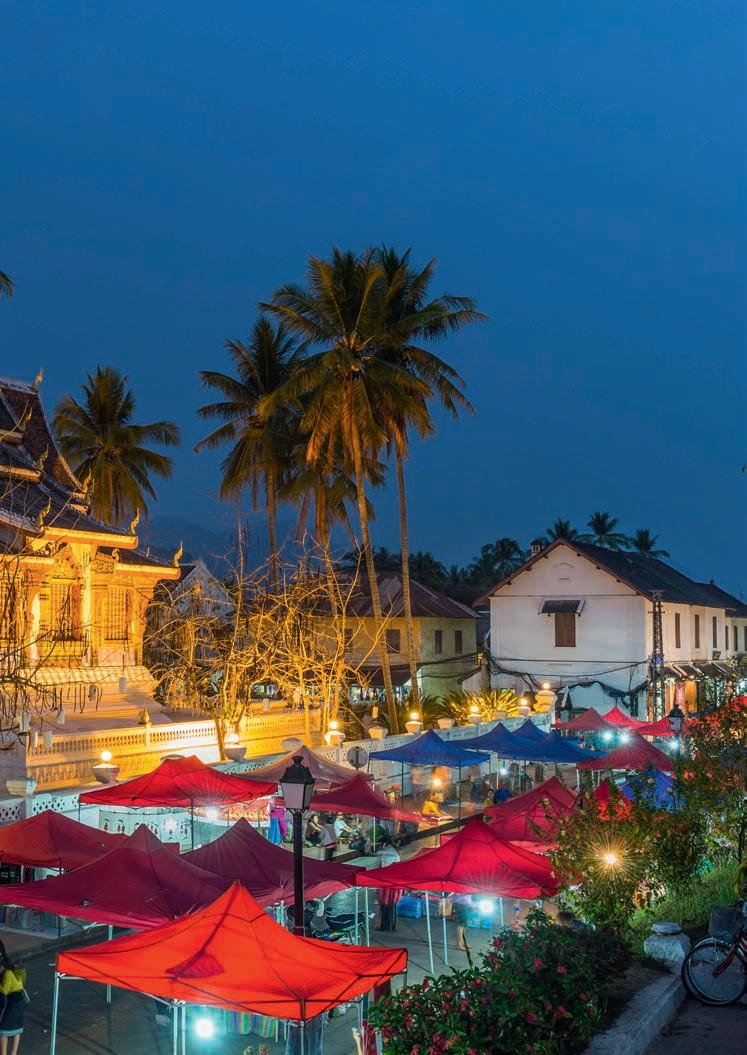 Words Claire Boobbyer
Words Claire Boobbyer

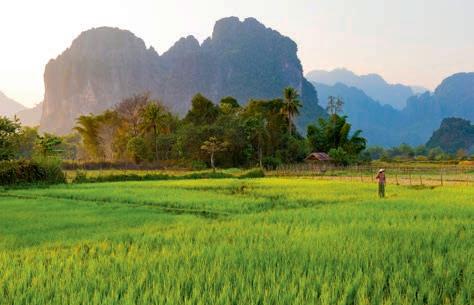
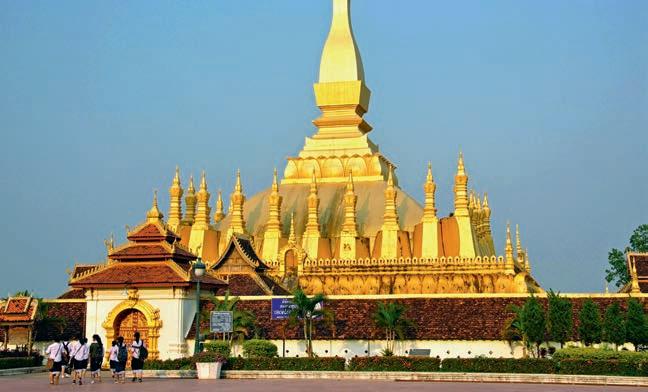

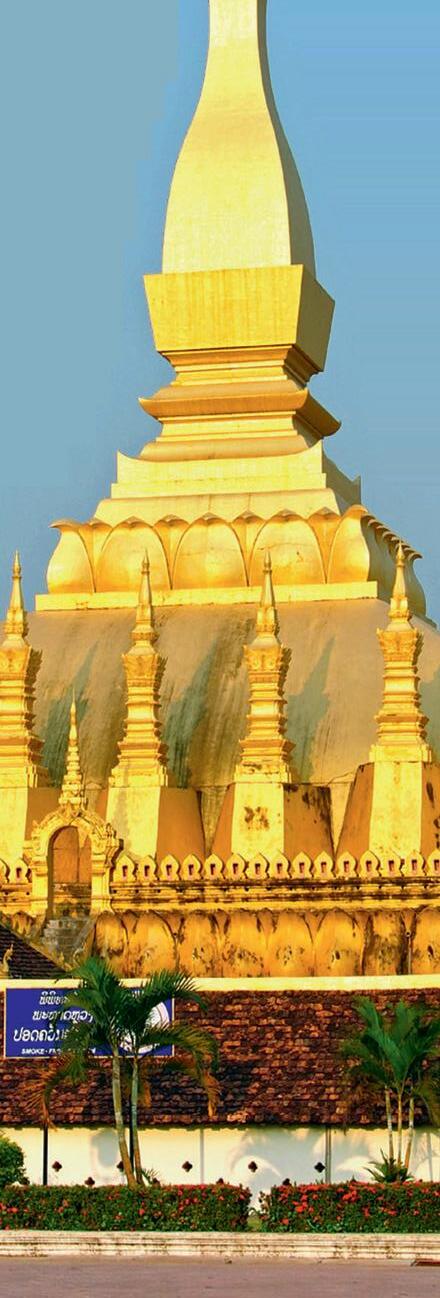


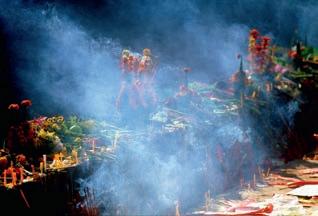

Not for nothing is Gabon dubbed ‘The Last Eden’. Its dense forests are a bastion for some of Africa’s rarest species – you just need patience to see them
Words & photographs William Gray


With visitor numbers rising on the White Continent, many people are now experiencing it for the first time. We sent our own Antarctic novice to see what they can expect
Words & photographs George Kipouros


and, at last. A dense fog afforded only glimpses of an ethereal landscape of snow, ice and rock. An unmistakable sense of achievement flooded over me; one of those moments in travel when you feel more alive than ever. After all, this was the White Continent that lay ahead of us, the most remote and inaccessible landmass on the planet.
For most travellers attempting to reach West Antarctica, the quickest way is by sailing a narrow stretch of sea where the Atlantic entangles with the Pacific and the Southern Ocean. It is rarely smooth going, and only possible in the warmer months. But after two challenging days crossing the infamous Drake Passage, whose strong winds and rough seas are the stuff of legend, we were approaching Elephant Island, some 250km off the tip of the Antarctic Peninsula.
The continent’s inaccessibility, coupled with weather conditions so harsh that life really shouldn’t exist here, has always been part of its mystique. Against all odds, a unique endemic ecosystem has thrived for millennia. It’s no wonder that Antarctica has overtaken human imagination ever since Aristotle first theorised its existence in the 4th century BC. He saw that the north lay under the constellation Arktos (the Great Bear/Ursa Major), and surmised the existence of a mirror image of the world he knew, a giant southern landmass he called Antarktos (opposite of the north).
It was a long time between then and when Captain James Cook became the first recorded navigator to cross the Antarctic Circle in January 1773; and longer still before Roald Amundsen became the first to reach the South Pole in December 1911. Their stories, as well as many other heroic tales of human perseverance, endurance and disaster, have only furthered the myths that swirl the White Continent as freely as the wind.
This is more than just a bucket-list destination; even setting foot here is to join some of humanity’s greatest explorers in reaching one of the most inhospitable corners of our planet. So it was only fitting that we had arrived at Elephant Island on the day of the 101st anniversary of the death of Ernest Shackleton, one of the greatest explorers to chart the continent. It was here that he had left his crewmates to go in search of rescue after their ship, Endurance, had been crushed by the polar ice. Shackleton’s crew had used the island as their own personal larder, eating penguins and seals to survive. We had far more benign intentions, so had gathered in the amphitheatre of our ship, Silver Cloud, for a mandatory briefing on what we could and couldn’t do during our time here, based on guidelines set out by the International Association of Antarctica Tour Operators (IAATO; see p101).
“This is a fragile ecosystem under extreme threat from climate change and human activities, so we have to tread very carefully,” began Schalk Botha, our South Africa-born expedition leader, before outlining the numerous rules and regulations aimed at protecting the fauna and landscape. Prophetically, Schalk also went to great lengths to explain how unpredictable our time on the continent would be: “The weather changes every second, and that means our plans may too. You need to be prepared for changes, even when we are on the ground or in the middle of an activity.”
He also finished the opening session with a warning: “Antarctica is the highest, driest, windiest and coldest continent in the world, so dress and behave accordingly!”
I was buzzing with excitement. I was finally about to begin exploring this continent of superlatives.
Soon after the briefing ended, we got our first taste of what would become a frequent pattern over the next 12 days.
“Our Zodiac tour of Elephant Island has to be cancelled due to high winds causing waves over 3m high, which are expected to worsen,” boomed Schalk over the internal PA.
Antarctica’s unpredictable weather is why we didn’t have a set itinerary before boarding. Instead, in an approach reminiscent of the days of the early explorers, a printed journal (The Daily Chronicles) was delivered, featuring an outline of the following day’s ‘intended’ activities and plans.
The next morning, however, we arrived at Brown Bluff on the Tabarin Peninsula to even worse conditions. Schalk went on the intercom again to announce the cancellation of the landing – the first planned mainland excursion. Every part of my body was itching to get ashore; Antarctica’s frozen wonders were waiting just outside my veranda.
This was my first time ever on a cruise ship, not least an expedition ship, and I had chosen the Silver Cloud, the original vessel of luxury operator Silversea. In truth, I had been wary of becoming restless with all the time spent at sea, but to my surprise, there wasn’t a moment that I was bored, and my simple anti-nausea ginger pills worked wonders. Not only was the satellite-powered free wifi reliable, but the food in the four restaurants was exquisite, as was the gym and complimentary spa facilities. Yet it wasn’t any of these elements that made the all-suite Silver Cloud truly luxurious. That honour derived from the 35 scientists, historians and naturalists who joined us on the expedition.
During our sail across the Drake Passage, and upon every cancelled activity, we received insightful lectures introducing us to all aspects of the continent, ranging from early explorer history and underwater geology to marine biology and the impact of climate change. But I had not come all the way down to the Scotia Sea just to attend a series of talks, and the real prize remained stepping ashore in the company of our experienced lecturers.
In the afternoon of our fourth day spent onboard, Antarctica’s weather started to behave and we finally got our first taste of the continent’s true magnificence in Hope Bay. As my 12-strong Zodiac group departed the Silver Cloud, the actual clouds and haze suddenly cleared to reveal a panorama of peaks, glaciers and icebergs. This was a landscape unlike anything I’d seen before, and even more wondrous than my visits to the Arctic region.
Complementing the fantastical landscape was an unexpected highlight: a leopard seal enjoying the sunshine on top of a small iceberg. Just as we gently approached, it yawned, allowing us a fearful glimpse of its massive jaws. This elusive animal is among the most dangerous predators to be found in these waters, second only to the mighty orca.
This Zodiac tour was just the prelude though, as the following day we at last achieved our first landing, on an island in Curtiss Bay. It started with a bang and my first
“Antarctica is the highest, driest, windiest and coldest continent in the world“

Bringing Death Valley to life
The view from Zabriskie Point in Death Valley National Park gazes out beyond the badlands to the Panamint Mountains. If you arrive just before sunset, the colours in the rock can look spectacular

Plan your perfect escape around the Golden State’s cultured cities, celebrated winelands and wild fringes with our trip planner
 Words
Words
Cheryl Crabtree

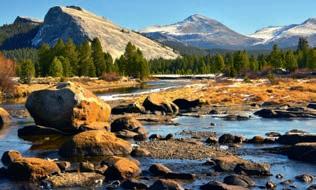


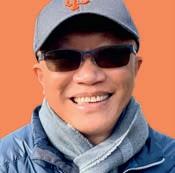
The story of King Arthur has roots on both sides of the English Channel, where parts of Cornwall and Brittany blur the lines of myth and history as you walk among legends
 Words Andrew Eames
Words Andrew Eames


Best foot forward (left) The two halves of Tintagel were reunited with the opening of a new footbridge in 2019 that crosses the gorge, making the ruins accessible to all travellers; (previous spread) the bronze Gallos sculpture by Rubin Eynon is a popular sight at Tintagel, though it was castigated when it was first erected in 2016 by those who complained about the ‘Disneyfication’ of the site

On a cliff overlooking a surging sea in North Cornwall, the figure of a 2.4m-high metal knight in ephemeral robes stands resting his hands on his sword and gazing southwards. He may have seen something that we mere mortals cannot, because if you were to follow his eyes some 300km as the crow flies, you’d spot a trio of similarly huge metal men in a wooded glade in the village of Néant-sur-Yvel in Brittany, France, each seated at a circular table that looks achingly familiar. It’s a scene that has been torn from legends and stories told time and again.
These figures may be in different countries, but all four are part of the same mythology: the tale of King Arthur and his Knights of the Round Table. While there’s no mistaking the seated trio of Arthur, Kay and Gawain in France, the Cornish statue is harder to place, and has been nominally titled Gallos (Cornish for ‘power’). But given that it stands on Tintagel Island (aka Camelot), a site up to its gauntlets in Arthurian legend, the majority of people who stand before it all come to the same conclusion as to its identity.
In the UK, we tend to think of King Arthur as ours.Yet the French have a similar idea, even going so far as to include Arthurian texts on their school curriculum. The reason is that the legend’s sources are in both English and French, and the two countries have their own charismatic Arthurian locations. Add to this the idea that Arthur may well never
have existed, and it made me all the more curious to explore the two halves of a story told on both sides of the Channel. The facts, if there were ever any, are lost in the mists of time. When the Gallos statue was first unveiled at Tintagel in 2016, there were those who criticised its commissioners (English Heritage) for ‘Disneyfying’ Cornwall and muddying fact with fiction.That didn’t bother the business owners in Tintagel village, where even the car parks have names such as ‘Sword in the Stone’ and there’s barely a shop that doesn’t have a bucketful of plastic Excalibur swords outside. The whole settlement has an Arthur-based economy.
The village sits back from the coast, its straggle of a main street lined with shops selling Cornish pasties, magical minerals and polished helmets. The original community here was called Trevena, but it didn’t have sufficient good looks to waylay passing motorists, so it rebranded when Arthur-mania became big business in the mid-19th century.
As for Tintagel Castle itself, its dramatic location and gripping legend attracts a staggering 350,000 visitors every year, who are unlikely to go away disappointed. The ruins of the building, created for Richard Earl of Cornwall in the 13th century AD, stand on a promontory that has all but been cleaved in two by the weather over the centuries. Precipitous pathways snake up and down the rocks, although the recent addition of a footbridge has helped to make the castle remains more accessible to everyone.
It was a wild place to build a castle, but it was probably also largely symbolic, said Win Scutt, English Heritage’s senior properties curator, as he showed me around.
Alamy“In the UK, we tend to think of King Arthur as ours. Yet the French have a similar idea“





Menorca’s archaeological sites, ancient crafts and historic coastal trail offer a little-seen glimpse of early life on an island that has horizons far beyond its beautiful sea views
 Words Eddi Fiegel
Words Eddi Fiegel


